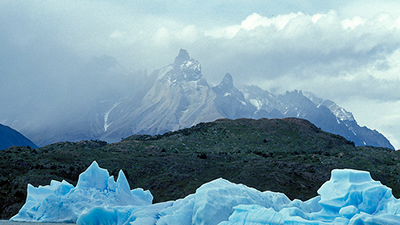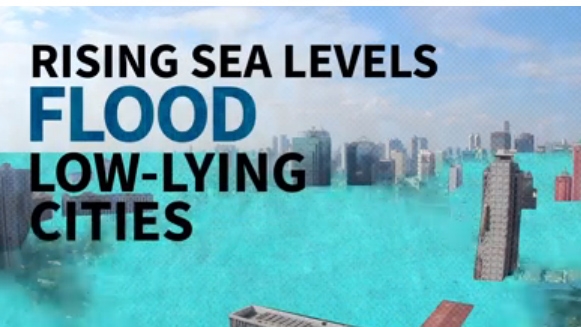Each year, the snow line on the Himalayan and Andean mountain slopes continues to creep up, exposing brown dirt where 50 years ago there was always snow. Communities downstream from those majestic peaks now watch as big lakes formed by melting glaciers cause catastrophic floods in some areas, while lack of snow melt lead to crippling drought in others.
At the same time, 4 million people perish each year from the smoke they inhale from open-fire cooking – soot that also rises into the atmosphere and speeds up the melting of ice and snow.
Pollution from open fires and diesel engines (known as black carbon), and methane gas released from livestock, landfills and mining operations; are some of the pollutants scientists say must quickly be curtailed to protect human welfare and tackle climate change.
A new scientific report shows that by moving rapidly to reduce such short-lived climate pollutants (SLCP), we could slow the warming in critical snow and ice-covered regions with multiple benefits as a result.
“An issue of global concern”
Scientists call snow-capped mountain tops, brilliant blue glaciers, regions with permafrost and other perpetually frozen parts of Earth the “cryosphere.” Such areas feed major rivers that provide freshwater for hundreds of millions of people, trap harmful greenhouse gases, and keep sea levels where they should be.
The new report, On Thin Ice: How Cutting Pollution Can Slow Warming and Save Lives, produced by the Bank and the International Cryosphere Climate Initiative (ICCI), issues dire warnings.
A continued warming in the cryosphere could cause a rise in sea levels that would affect more than 100 million people globally. It would also threaten water resources on which 1.5 billion people just in the Himalayan region depend, and a loss of frozen soil (permafrost) that that would then release as much as 30 percent more carbon into the atmosphere by 2100.
“The cryosphere is changing fast as a result of climate change and if warming continues unabated, the risks to human societies and sensitive ecosystems rise dramatically,” said ICCI Director Pam Pearson. “It makes slowing cryosphere warming an issue of global concern.”



